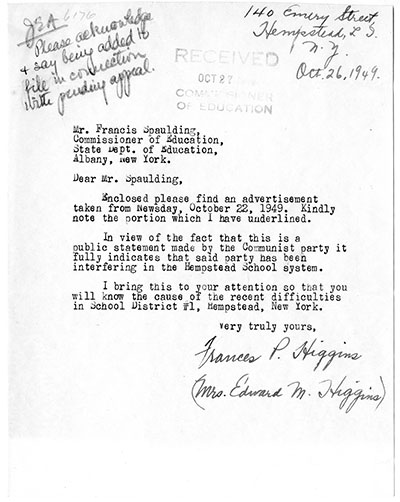School Zoning and Segregation
Suggested Teaching Instructions
For a brief history of school desgregation in Hempstead, NY visit:
https://casetext.com/case/branche-v-board-of-education-of-town-of-hempstead
Curriculum Connections
11.10 SOCIAL AND ECONOMIC CHANGE/DOMESTIC ISSUES (1945 – present): Racial, gender, and socioeconomic inequalities were addressed by individuals, groups, and organizations. Varying political philosophies prompted debates over the role of the federal government in regulating the economy and providing a social safety net.
(Standards: 1, 4, 5; Themes: ID, TCC, SOC, GOV, CIV, ECO)
11.10a After World War II, long-term demands for equality by African Americans led to the civil rights movement. The efforts of individuals, groups, and institutions helped to redefine African American civil rights, though numerous issues remain unresolved.
Students will examine the role of groups such as the National Association for the Advancement of Colored People (NAACP), Southern Christian Leadership Conference (SCLC), and Student Non-Violent Coordinating Committee (SNCC) in the movement, their goals and strategies, and major contributions.
















